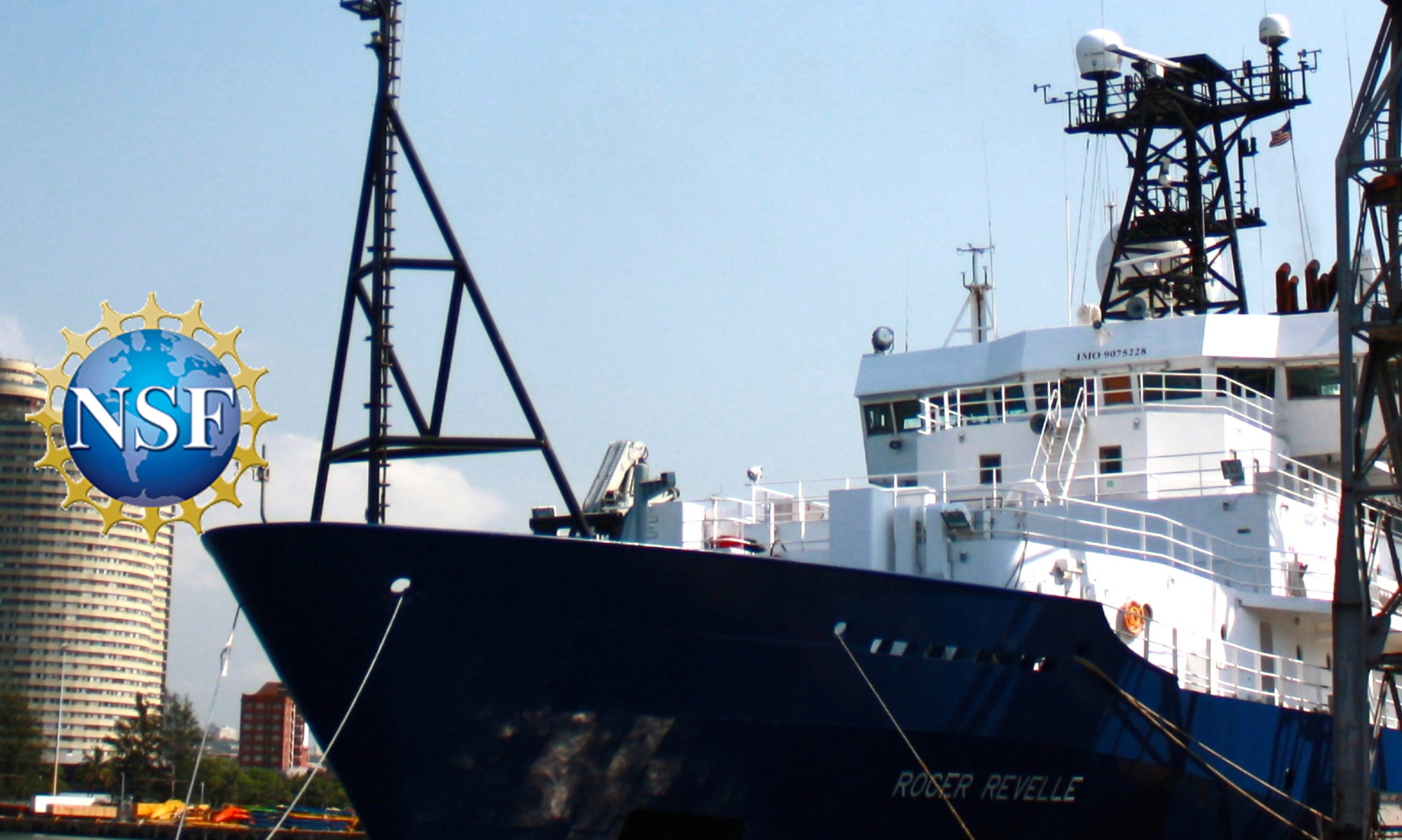Daily Summary: R/V Roger Revelle continued collecting multichannel seismic (MCS) data on Line 20. At 00:07 UTC the multibeam and chirp systems were synced to ping simultaneously in an attempt to clean up the response from the multibeam data. A possible seep was spotted on the multibeam at 02:21 UTC. The multibeam continued to have issues, and power cycled at 02:30 UTC. Meanwhile, XBT 8 was dropped at 02:14 UTC. The end of Line 23, the last survey line, was reached at 12:02 UTC and the GI sound source was turned off and the sound source and streamer were recovered on deck. The multibeam and chirp systems were turned off at 14:24 UTC. The R/V Revelle arrived at the dock in Newport, Oregon around 12:00 Pacific Time, marking the end of the expedition.
— Ashley Long, Coastal Carolina University
